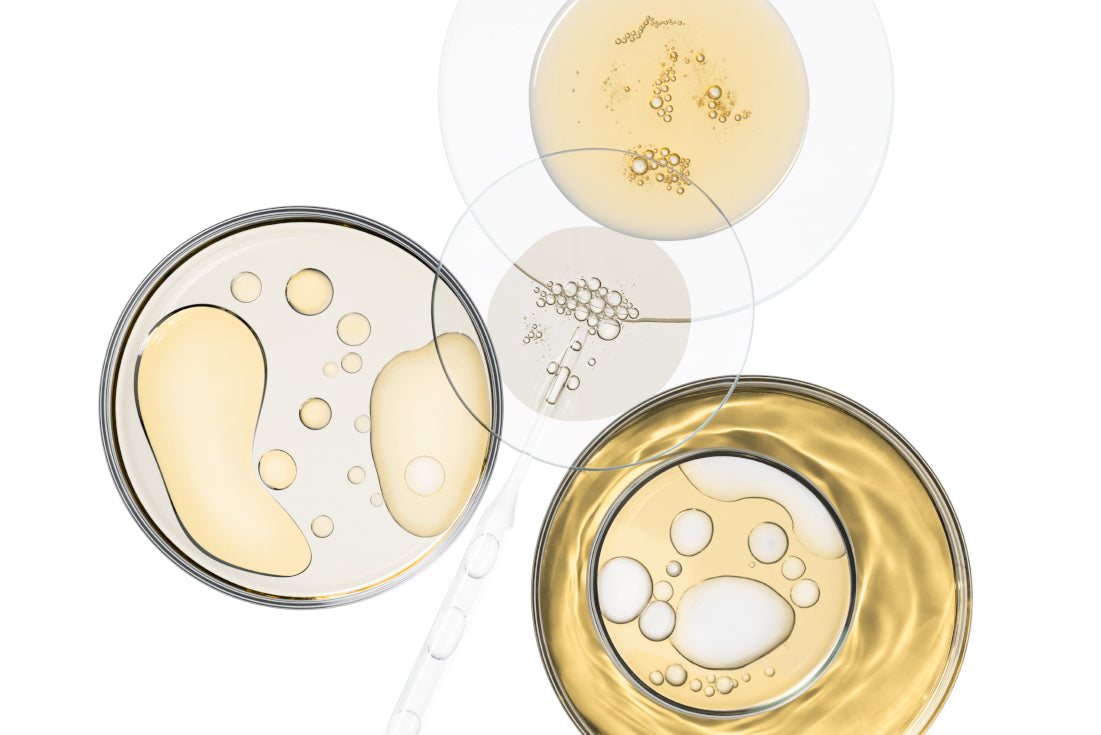By Spencer Bouhadir, Chief Scientific Officer
At Neuvian Skincare, our commitment to science-driven, stable, and effective ingredients sets us apart. While ascorbic acid (vitamin C) is a common choice in skincare, we prioritize imidazole-based molecules, such as GHK-Cu (Copper Tripeptide-1), for their superior stability and performance. In this blog, we explore the scientific reasoning behind our preference for imidazole-containing molecules like GHK-Cu and why they outperform ascorbic acid in delivering radiant, healthy skin.
The Drawbacks of Ascorbic Acid
Ascorbic acid is valued for its antioxidant properties and role in collagen synthesis, but it has significant limitations that hinder its effectiveness:
Instability: Ascorbic acid is highly unstable in aqueous formulations, degrading rapidly when exposed to light, air, or heat. This reduces its potency over time, often requiring costly, specialized packaging to maintain efficacy.
pH Sensitivity: Ascorbic acid requires a low pH (below 3.5) to remain active, which can irritate sensitive skin and disrupt the skin’s natural barrier, causing redness or discomfort.
Limited Penetration: As a hydrophilic molecule, ascorbic acid struggles to penetrate the skin’s lipid-rich barrier, limiting its ability to reach deeper layers where it can deliver benefits.
Pro-Oxidant Potential: In certain conditions, such as in the presence of metal ions or high concentrations, ascorbic acid can become a pro-oxidant, generating free radicals that may damage skin cells instead of protecting them.
These challenges make ascorbic acid less suitable for stable, skin-friendly formulations that prioritize consistent results.
The Power of Imidazole-Based Molecules: GHK-Cu as a Prime Example
Imidazole, a five-membered heterocyclic ring containing two nitrogen atoms, forms the structural backbone of several potent skincare ingredients. At Neuvian Skincare, we harness the power of imidazole-based molecules, with GHK-Cu as a standout example. GHK-Cu, a copper-binding tripeptide naturally present in the human body, incorporates an imidazole ring derived from its histidine residue. This structure underpins its remarkable stability and efficacy. Here’s why imidazole-based molecules like GHK-Cu surpass ascorbic acid:
1. Superior Stability
The imidazole ring in GHK-Cu forms a stable complex with copper ions, making it resistant to degradation across a wide range of pH levels and environmental conditions. Unlike ascorbic acid, which loses potency quickly, GHK-Cu remains effective throughout a product’s shelf life, ensuring consistent performance with every use.
2. Multifaceted Skin Benefits
Imidazole-based GHK-Cu offers a broad spectrum of benefits that go beyond the primarily antioxidant role of ascorbic acid:
Collagen and Elastin Synthesis: GHK-Cu stimulates the production of collagen and elastin, essential proteins for skin firmness and elasticity. Studies show it upregulates genes involved in extracellular matrix formation, reducing fine lines and enhancing skin structure.
Wound Healing and Tissue Repair: GHK-Cu promotes fibroblast activity and angiogenesis



Leave a comment
This site is protected by hCaptcha and the hCaptcha Privacy Policy and Terms of Service apply.